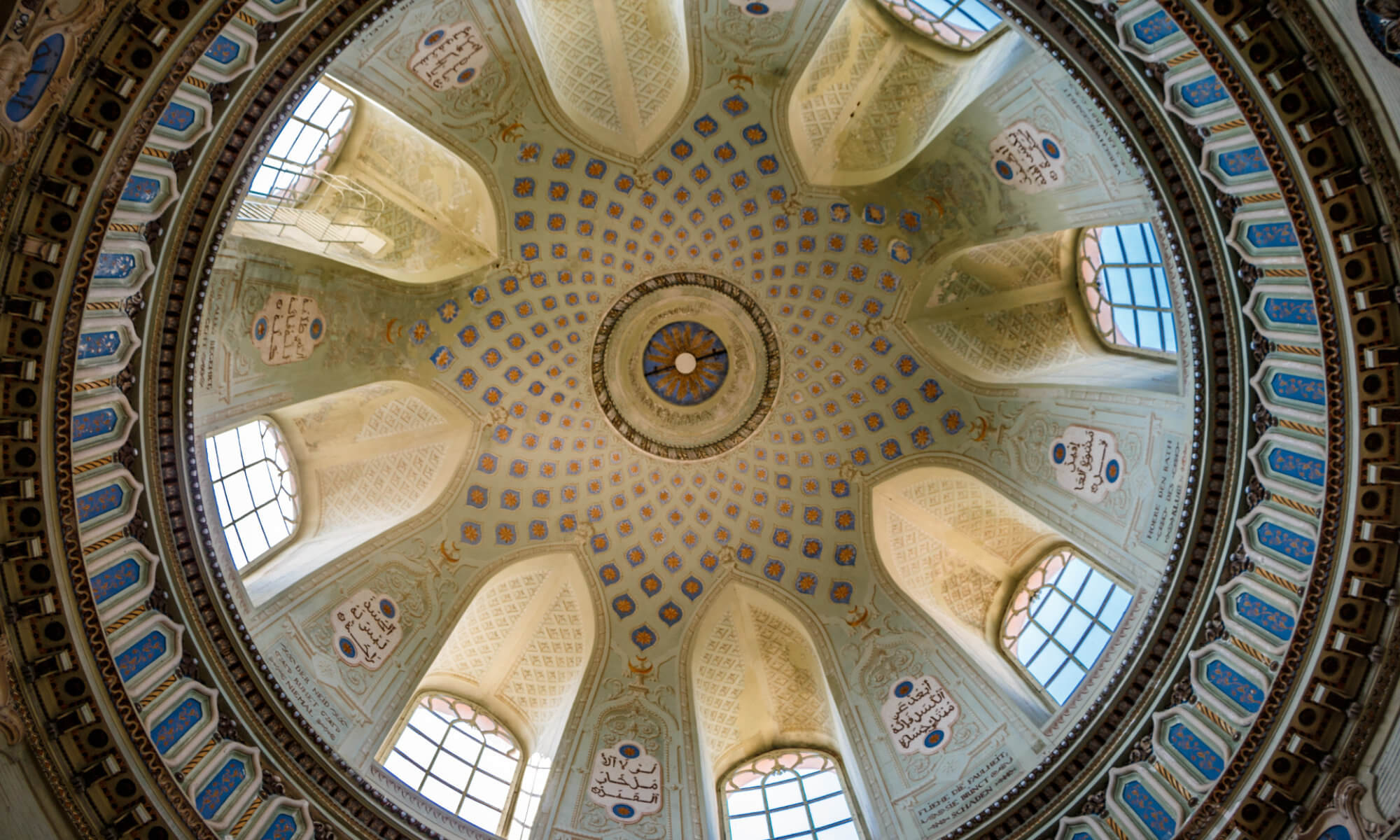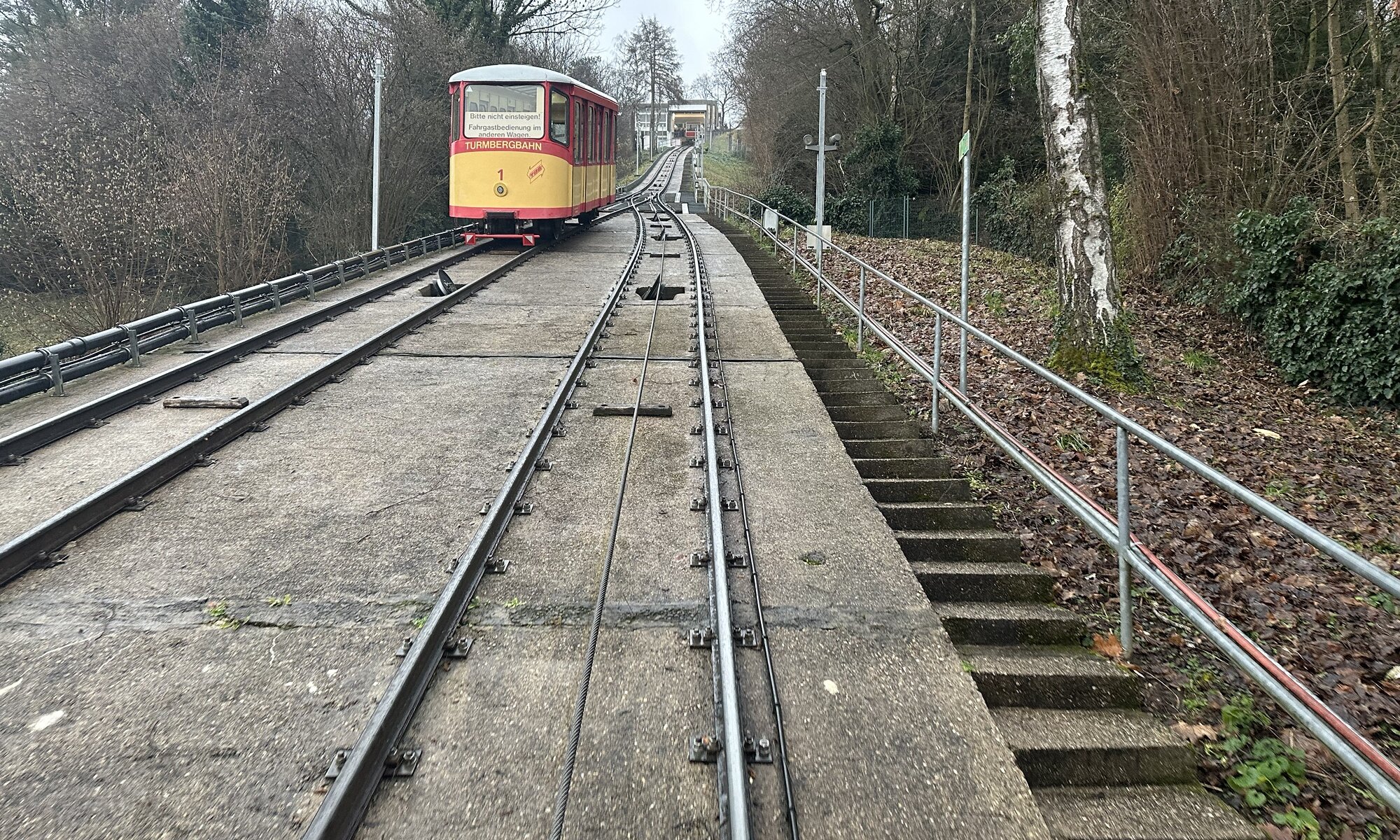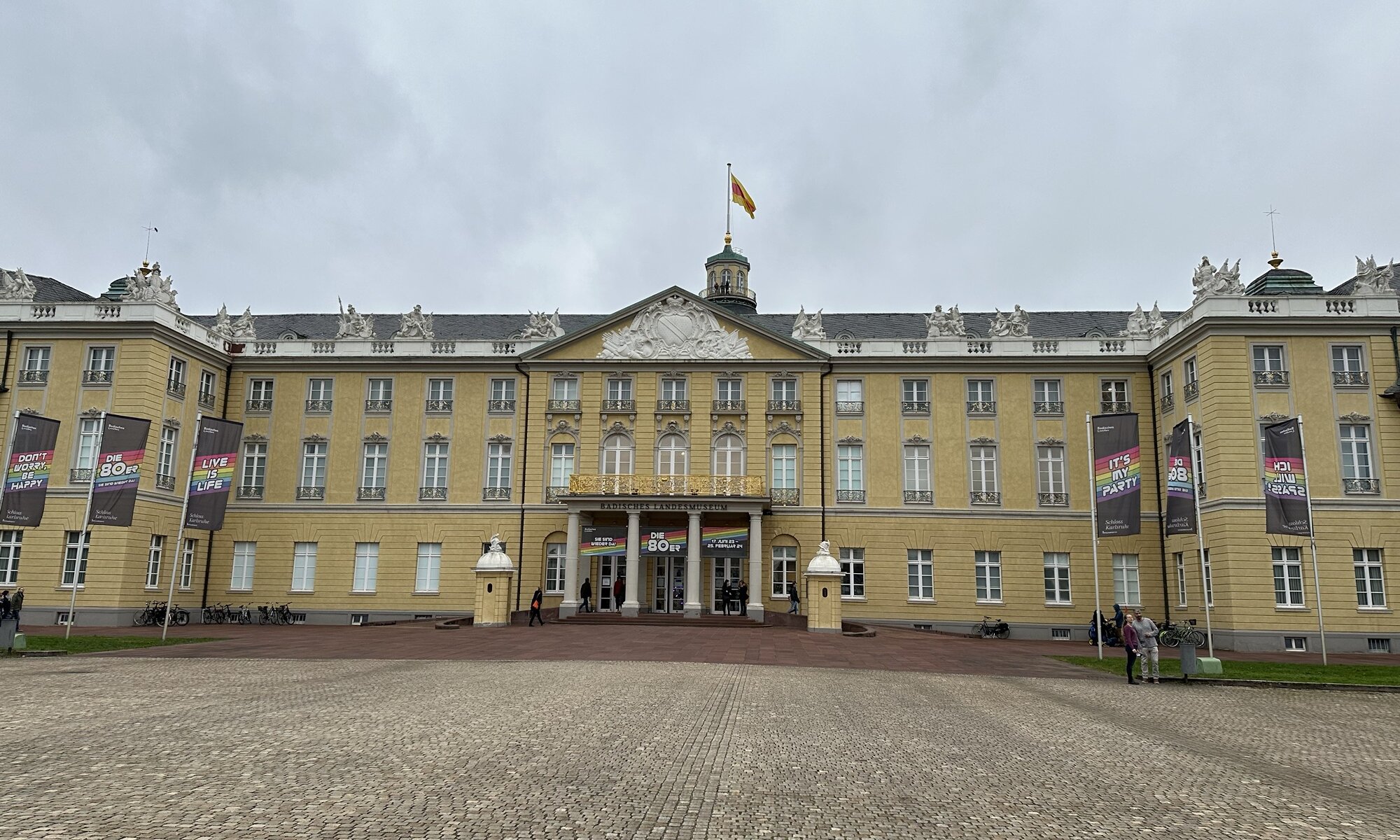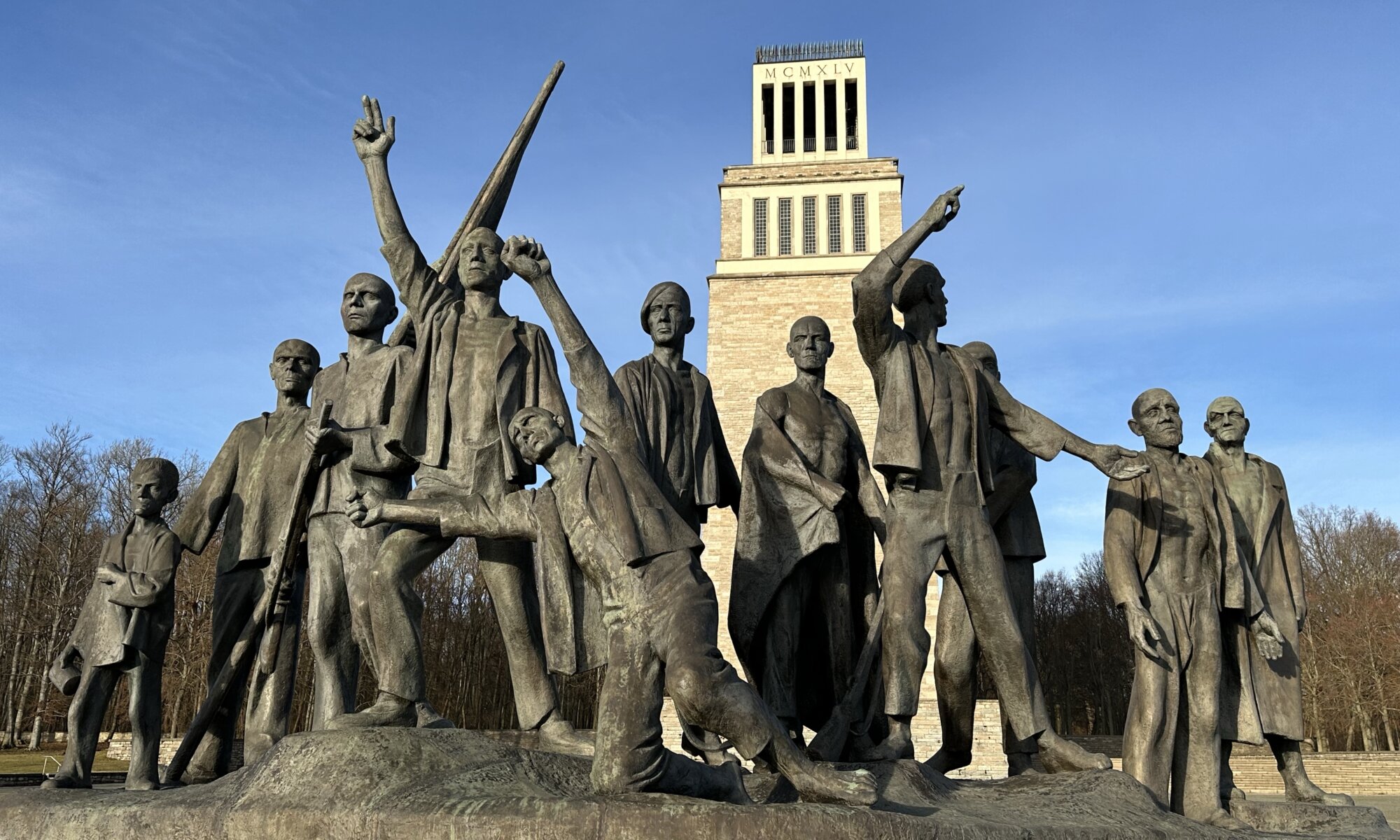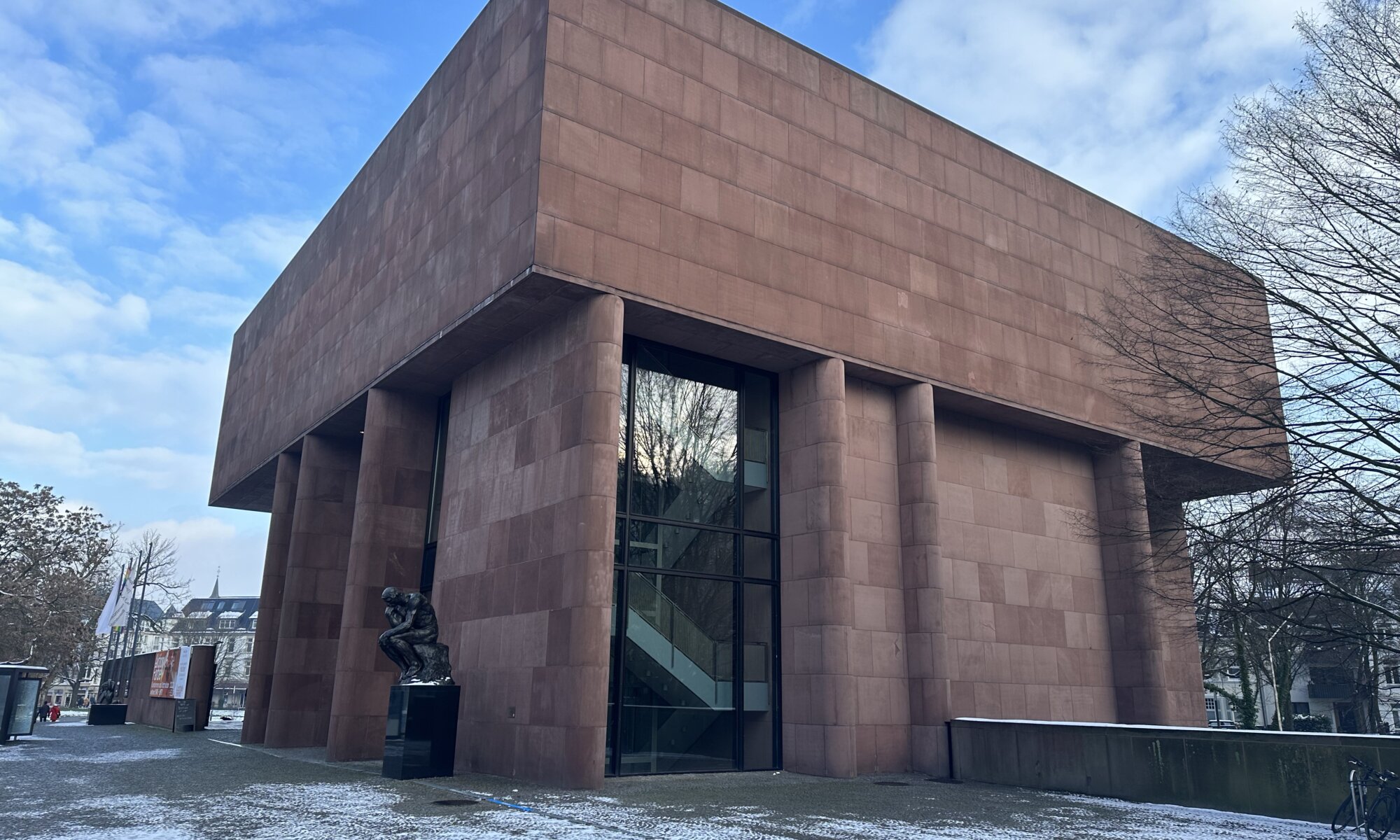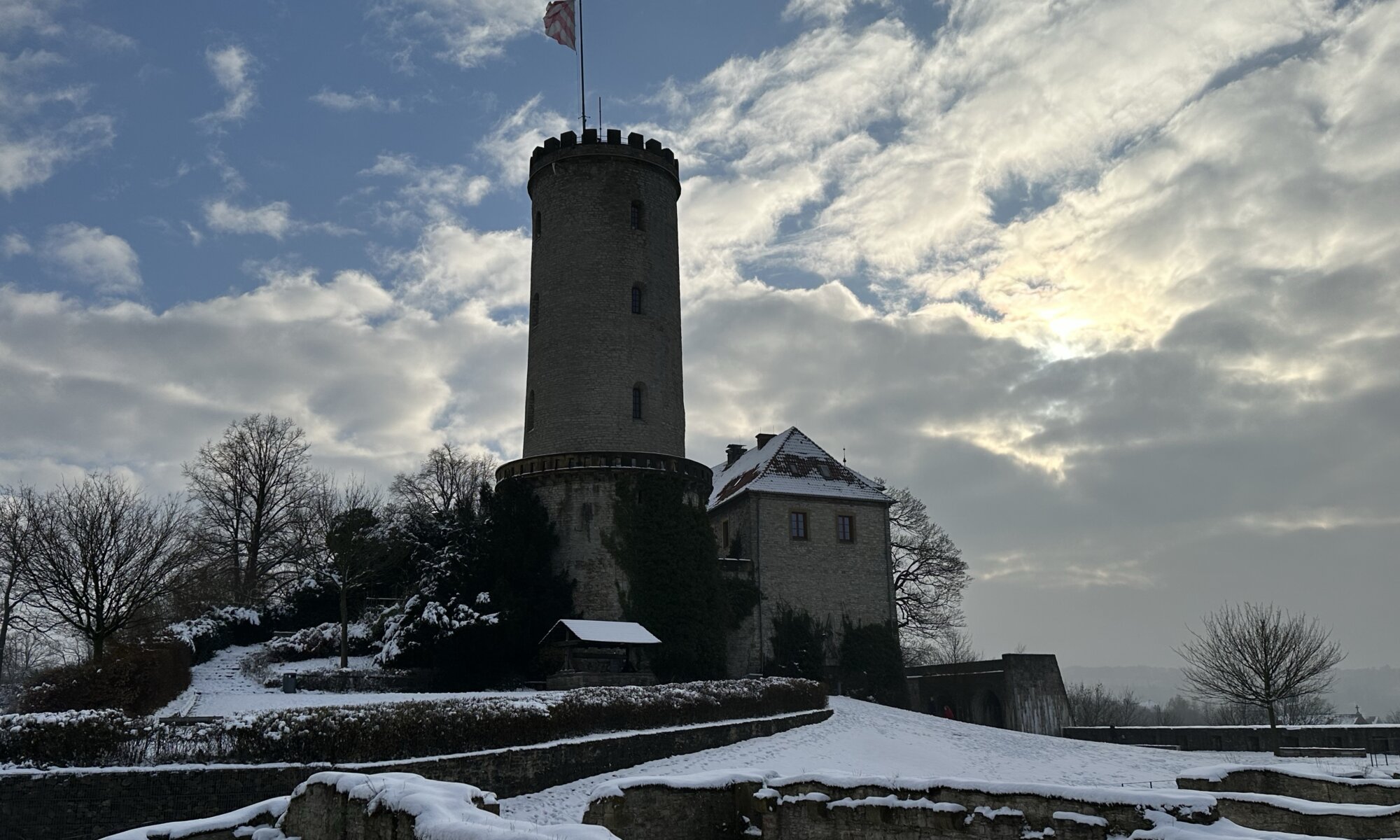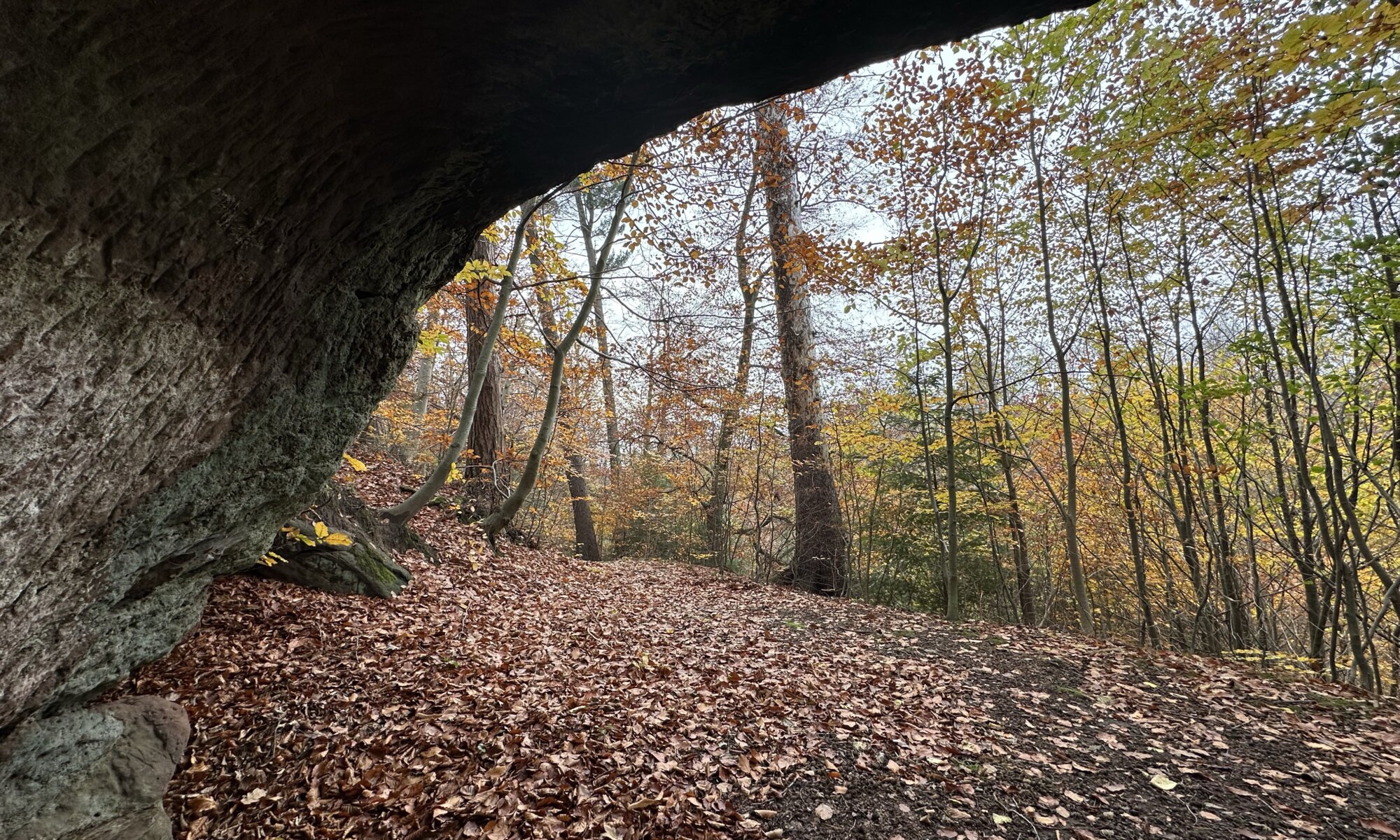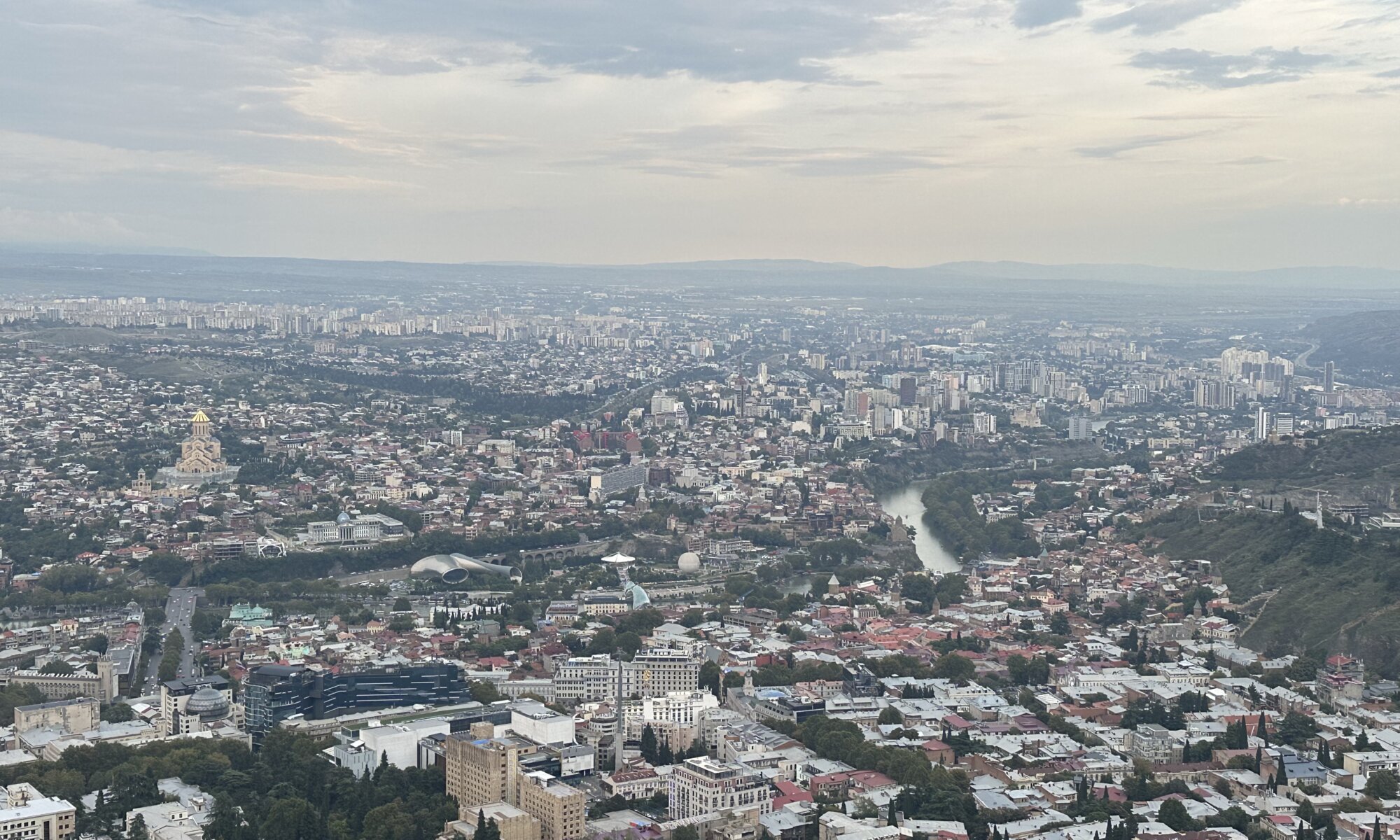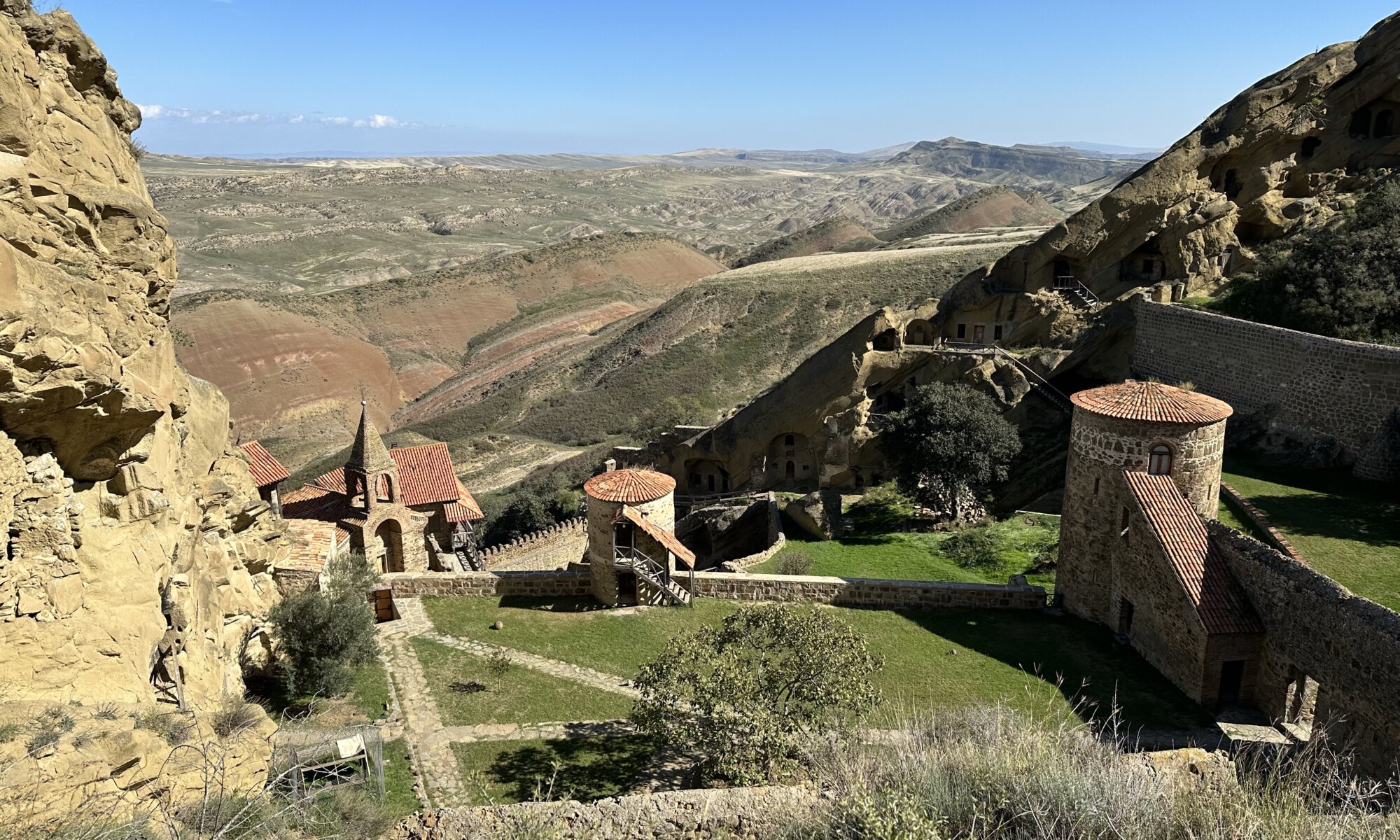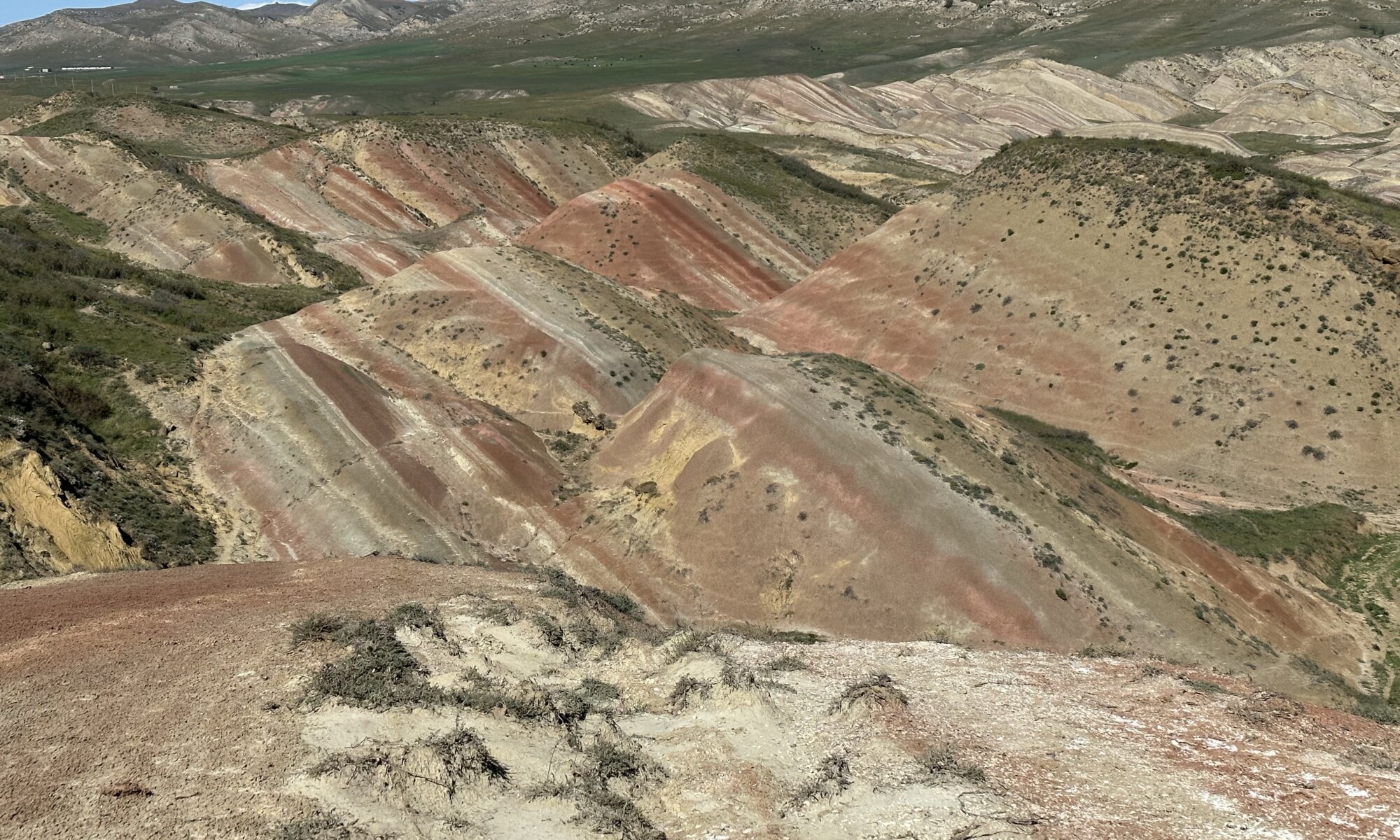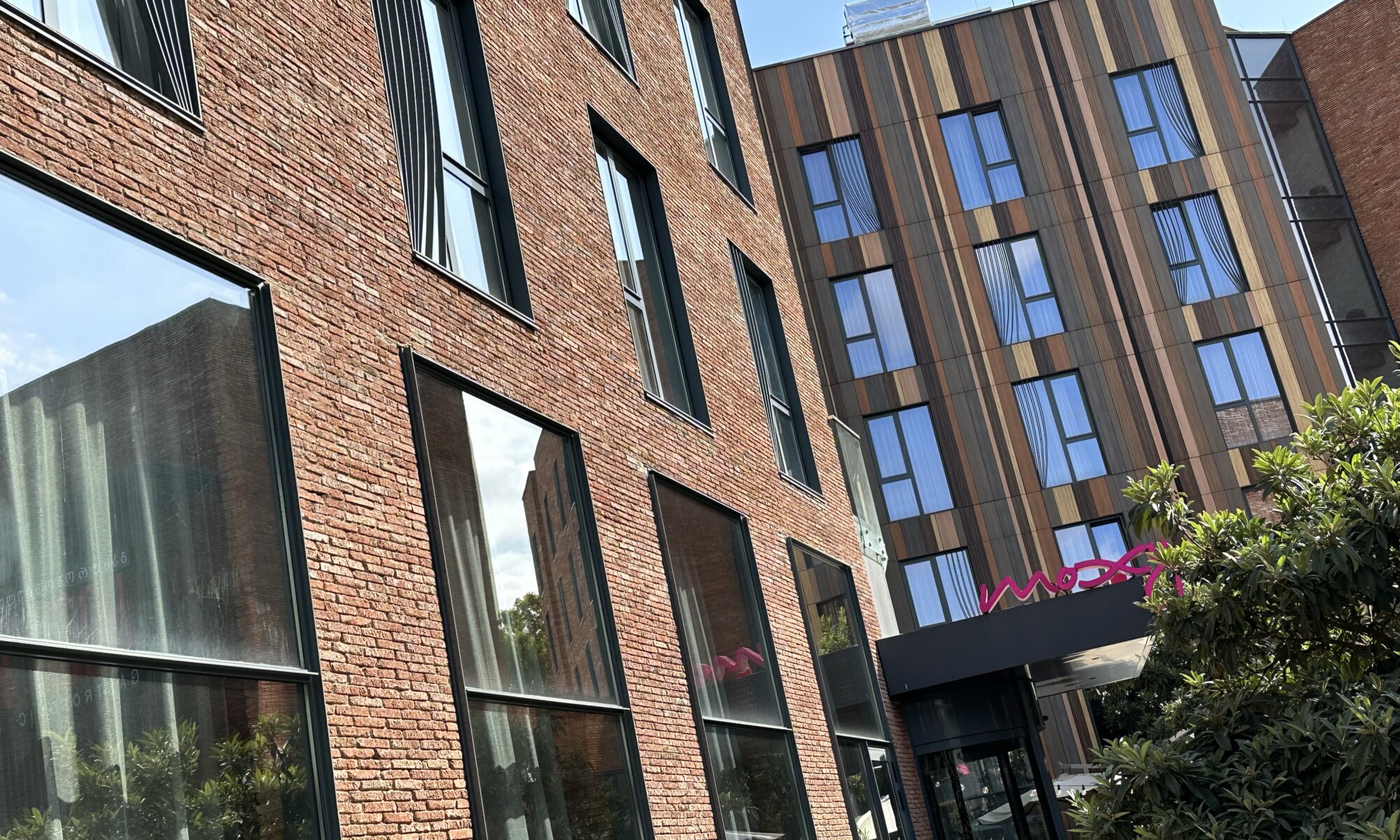The Turmberg is an only 257 meters high mountain in the city quarter Durlach of Karlsruhe. People get there for hiking, for dining in the restaurant on top or for having a picnic with nice views on the city from the terrace next to the tower. The tower is in fact the last remaining part of the former fortification Burg Hohenberg from the 11th century; it is today used as a viewpoint.
Continue reading “Turmbergbahn”Schloss Karlsruhe
The city layout of Karlsruhe is special: when looking at a map you can see a giant circle in the city center. In its middle you’ll find the castle with the castle tower. From there 32 streets radiate out giving the city the nickname of the ‘fan city‘, the Fächerstadt. The city was founded in 1715 and in that year also the construction works of the Baroque-style castle started. It served as the seat of margrave Charles III William of Baden-Durlach and was a residence until the year 1918 when the Grand Duchy of Baden was abolished.
Continue reading “Schloss Karlsruhe”Buchenwald
German fascism created an extensive network of concentration camps, extinction camps and forced labor sites. Jewish citizens, political opponents, prisoners of war, homosexuals, disabled persons, Sinti and Romani people suffered and died because of the ideology of the German Nazi party supported by the German people. The three major concentration camps on German soil are Dachau (close to München), Sachsenhausen (close to Berlin) and Buchenwald on the Ettersberg mountain close to Weimar.
Continue reading “Buchenwald”Abstraction
The Kunsthalle of Bielefeld is a surprisingly large exhibition hall with a special style: it was built in 1968 in International Style (a modernist architecture style developed in the 1920/30s) by architect Philip Johnson from the United States. It is the only building in Europe designed by him. The Kunsthalle is an art exhibition hall with changing exhibitions, but it also owns an art collection from the 20th century.
Continue reading “Abstraction”Sparrenburg
A high tower, strong fortification walls and casemates cut deep into the 180 meters high Sparrenberg mountain: the Sparrenburg is the most important and most visited sight of Bielefeld. It was built until the year 1250 CE to protect the passage through the Teutoburg Forest in which the city of Bielefeld is located in. The castle was continuously altered over time and adopted to technology changes in warfare.
Continue reading “Sparrenburg”Bürgergrotte
Gottfried August Bürger was a German poet who first studied law at the university of Göttingen. There his attention turned away fast from jurisprudence to literature and he became a writer. His most famous work is called Lenore and received attention even beyond German borders. Today the large street around the city center of Göttingen is named Bürgerstraße after him and a bust of him is standing next to. Probably most inhabitants believe that the street is named after themselves (Bürger means citizen in German).
Continue reading “Bürgergrotte”Place of warmth
It was 4 am when the lights of თბილისი appeared at the windows of the plane taking me to Georgia. A driver picked me up and drove me through the capital city that was still completely asleep. I dropped my bag at the hotel and sat in front in the dark, surrounded by stray dogs. A quick look at the watch: 5 pm, time for a coffee from one of the 24/7 shops and a walk through the empty streets to enjoy sunrise over the Mtkwari river.
Continue reading “Place of warmth”David Gareja
Directly at the border between Georgia and Azerbaijan you can find different orthodox monasteries dating back to the 6th century CE. While the archeological sites on Azeri land are unused, the David Gareja monastery in Georgia is still active and often visited by tourists. It is a a wonderful cloister built into the Udabno mountain in a beautiful scenery.
Continue reading “David Gareja”Rainbow mountains
If you decide to take a tour from თბილისი to the David Gareja monastery at the border to Azerbaijan than it will be probably offered together with a stop at the so-called rainbow mountains. They are actually directly in front of the monastery and not known by this name – but they’re nevertheless absolutely worth a visit.
Continue reading “Rainbow mountains”Saarbrücken square
If you’re in for some comfort and international atmosphere you should consider the Moxy hotel at the Saarbrücken square of თბილისი. It is located close to the Mtkwari river and after crossing it you already have reached the old town of თბილისი and Rustaveli avenue as well as the Orbelani square are rather close-by.
Continue reading “Saarbrücken square”